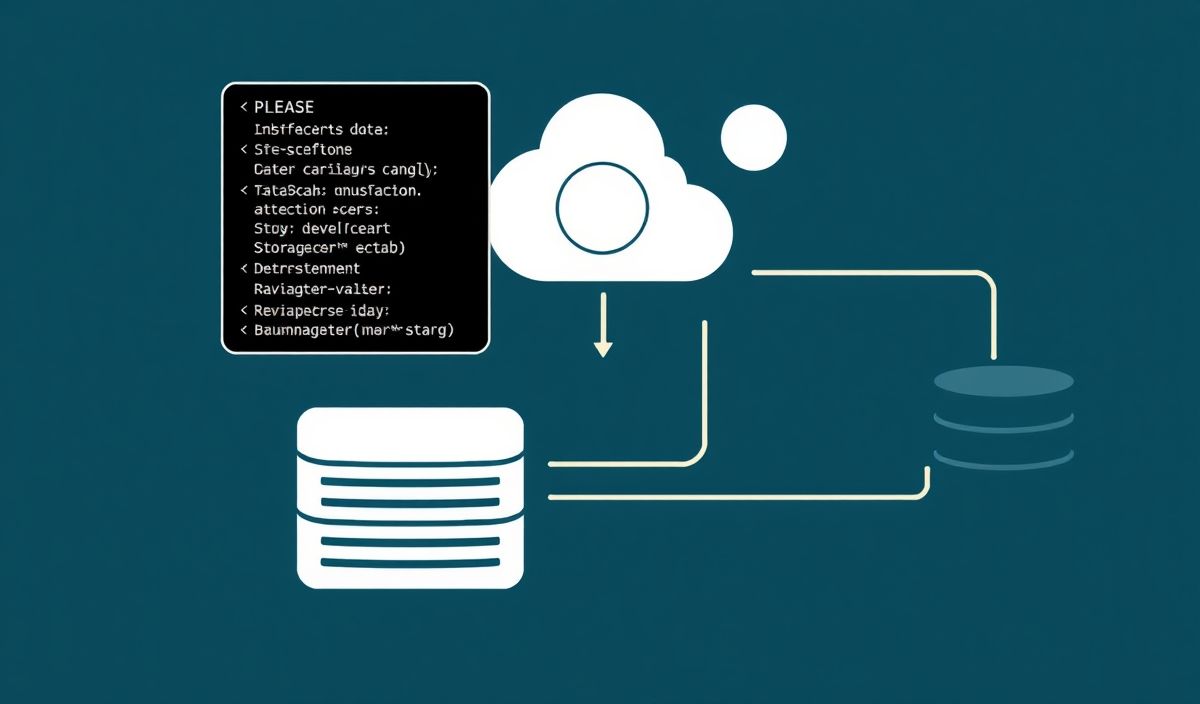Introduction to Server Destroy
Server destroy is a critical operation in server management that involves terminating a server instance. It is essential for optimizing resource utilization and cost management. In this article, we’ll explore the server-destroy functionality and provide several API examples to demonstrate how to use it effectively.
Understanding Server Destroy
Server destruction involves shutting down a server and releasing all associated resources. This action is irreversible, so it should be carried out with caution. Below are some common APIs used in server destruction.
API Examples
API Example 1: Destroying a Server Instance
Use the following API to destroy a server instance.
DELETE /api/servers/{server_id} API Example 2: Checking Server Destruction Status
Check the status of a server destruction request.
GET /api/servers/{server_id}/status API Example 3: Handling Destruction Errors
Handle potential errors during the server destruction process.
DELETE /api/servers/{server_id} {
"error": {
"code": 404,
"message": "Server not found"
}
} API Example 4: Forcing Server Destruction
Force the destruction of a server even if there are pending operations.
DELETE /api/servers/{server_id}?force=true API Example 5: Destroying Multiple Servers
Destroy multiple servers in a single request.
DELETE /api/servers/batch {
"server_ids": ["server1", "server2", "server3"]
} We also have more examples of APIs handling common edge cases and integrations with other services for a more robust destruction process.
Application Example Using Server Destroy API
The following is an example of an application that uses the server-destroy API to manage server lifecycles.
import requests
def destroy_server(server_id):
response = requests.delete(f"http://api.example.com/v1/servers/{server_id}")
if response.status_code == 204:
print(f"Server {server_id} destroyed successfully.")
else:
print(f"Failed to destroy server {server_id}: {response.content}")
if __name__ == "__main__":
server_id = "abc123"
destroy_server(server_id)
This script handles the destruction of a server by sending a DELETE request to the server API and providing feedback based on the response received.
Through the understanding of these APIs and practical application, you can efficiently manage your server resources and maintain cost-effective operations. Always ensure to validate the server status and handle errors appropriately for a smooth server management experience.
Hash: e95fd77eeba0bcf2f452b6848f6895d52a289da86f44ed4b0fe787439fd3693b




